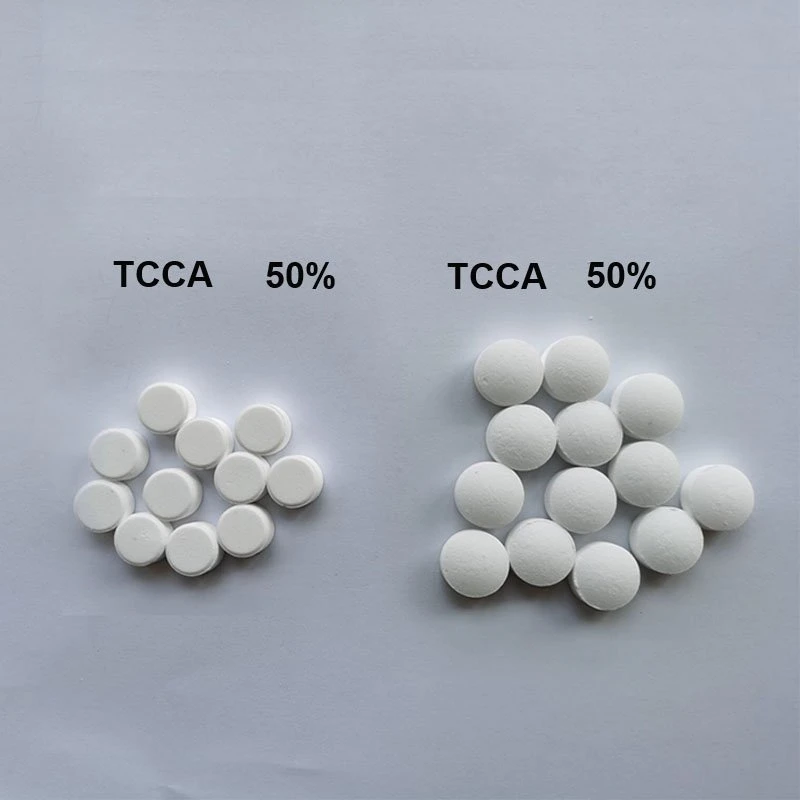



which chemical disinfect water
Which Chemical Disinfects Water?
Water is one of the most essential resources for life, and ensuring its safety and purity is crucial for public health. Disinfection is the process of eliminating or inactivating harmful microorganisms from water, making it safe for consumption and other uses. Several chemicals are commonly used to disinfect water, each with its unique properties, advantages, and disadvantages. This article explores the most widely used chemical disinfectants, their mechanisms of action, and considerations for their use.
Chlorine The Most Common Disinfectant
Chlorine is perhaps the most widely recognized chemical used for water disinfection. It can effectively kill bacteria, viruses, and some parasites. Chlorine works by penetrating the cell walls of microorganisms and reacting with their internal components, ultimately leading to cell death. Its widespread use can be attributed to its effectiveness, low cost, and ability to provide residual disinfection in water systems, which helps prevent recontamination.
Despite its advantages, chlorine has certain drawbacks. It can form harmful byproducts when it reacts with organic matter present in water, leading to the formation of trihalomethanes (THMs) and haloacetic acids (HAAs), which can pose health risks with long-term exposure. Additionally, chlorine is less effective against some pathogens, such as certain protozoa like Cryptosporidium and Giardia, making it necessary to employ additional disinfection methods in some cases.
Chloramine A Stable Alternative
Chloramine, a compound formed by combining chlorine with ammonia, has gained popularity as an alternative disinfectant. It has a longer-lasting residual effect compared to chlorine, making it effective in maintaining water quality throughout distribution systems. Chloramine is also less likely to produce harmful disinfection byproducts than chlorine.
However, chloramine is not without its challenges. It is less effective against some pathogens, particularly viruses, making it essential to ensure that water is disinfected adequately before chloramination. Moreover, chloramine can be harmful to fish and other aquatic life, which is a critical consideration for communities relying on treated water for local fisheries or recreational activities.
Ozone A Powerful Oxidant
which chemical disinfect water

Ozone (O₃) is a potent oxidant and a highly effective disinfectant. It can inactivate bacteria, viruses, and protozoa more effectively than chlorine. Ozone disinfects water by oxidizing organic and inorganic matter and disrupting cellular structures. One significant advantage of ozone is that it does not produce harmful disinfection byproducts associated with chlorine.
However, the use of ozone is complicated by its instability and short half-life. Ozone cannot be stored and must be generated on-site using specialized equipment. Additionally, while ozone is effective against many pathogens, it requires careful monitoring and control due to its potential to form harmful byproducts if not managed properly.
Ultraviolet (UV) Light A Non-Chemical Approach
While not a chemical disinfectant, ultraviolet (UV) light is increasingly employed as a water disinfection method. UV light inactivates microorganisms by damaging their DNA, rendering them unable to reproduce. This method does not introduce any chemicals into the water and does not produce harmful byproducts.
UV disinfection is particularly effective against chlorine-resistant pathogens, including some viruses and protozoa. However, it does not provide a residual disinfectant effect, meaning that water may become recontaminated after treatment. Additionally, the effectiveness of UV disinfection can be influenced by factors such as water clarity and flow rate, necessitating proper system design and monitoring.
Conclusion
In summary, disinfecting water is a critical process for ensuring public health and safety. Various chemical disinfectants, including chlorine, chloramine, and ozone, each have their advantages and limitations. While chlorine remains the most commonly used disinfectant due to its effectiveness and cost, chloramine offers a more stable alternative with fewer byproducts. Ozone is a powerful option with no harmful residues, but logistical challenges limit its use. UV light offers a non-chemical alternative effective against many pathogens, yet it lacks residual protection.
Ultimately, the choice of disinfectant will depend on specific circumstances, including the types of contaminants present, local regulations, and considerations for public health. A comprehensive approach involving multiple disinfection methods may be necessary to ensure water safety and quality in diverse settings.
-
Why Sodium Persulfate Is Everywhere NowNewsJul.07,2025
-
Why Polyacrylamide Is in High DemandNewsJul.07,2025
-
Understanding Paint Chemicals and Their ApplicationsNewsJul.07,2025
-
Smart Use Of Mining ChemicalsNewsJul.07,2025
-
Practical Uses of Potassium MonopersulfateNewsJul.07,2025
-
Agrochemicals In Real FarmingNewsJul.07,2025
-
Sodium Chlorite Hot UsesNewsJul.01,2025










